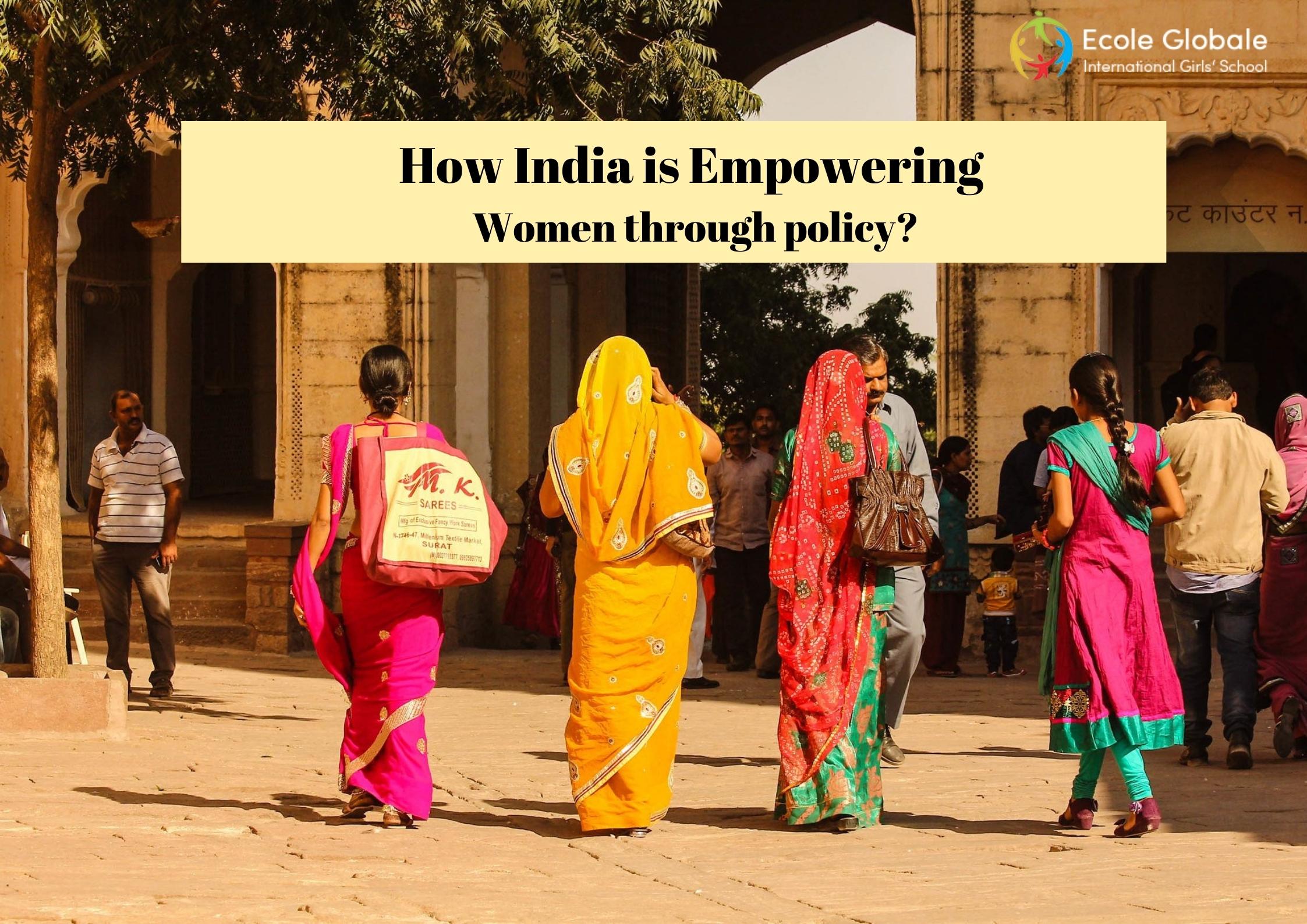The concept of empowering women is a wonderful one. It makes all kinds of positive things happen in and to the world: from freedom, justice and dignity to equality, fairness and valuing human beings for more than just their age, their cranium-measuring size and their ability to “perform” in certain settings.
When we talk about women’s empowerment, we’re not just talking about women. We’re talking about all people who have been marginalized and oppressed by the patriarchy. That includes men who have been taught to repress their emotions and feelings, or who have learned that they can only be happy if they achieve certain goals. It also includes children, who are often encouraged to grow up too fast and forced into gender roles that don’t fit with their natural development.
India has been making waves in the world of women’s rights, especially in recent years.
A study by the Center for Global Development found that India’s policies have helped empower women and reduce gender inequality. The country has made huge strides in combating gender-based violence and discrimination against women, as well as increasing access to education and health care for women.

Why do we need to empower women?
We need to empower women because it’s the right thing to do. Women are an integral part of any society. They not only contribute to the socio-economic development of a country but also make a huge impact on society as a whole. Women are mothers and daughters, sisters, wives and friends. They play an important role in every aspect of life.
Empowering women means giving them the tools they need to live their lives as they choose, and that’s something we all deserve as human beings. Women are often told that they can’t do things because of their gender, and when we empower our fellow humans, we’re telling them that they can do anything they want—and that includes being whatever kind of person they want to be.
As per research conducted by girls’ school in India, We need to empower women because it will help us create a better society for everyone. When women have access to all the same opportunities as men, it means that more people can contribute their unique talents and perspectives towards solving society’s problems, which results in a stronger community overall. If you’re worried about how empowering women will affect your life personally, don’t be! You’ll still be able to do everything you want: just imagine what your life would look like if everyone around you was empowered too.
With the thought to promote women’s empowerment through policy, the Government of India has formulated different social initiatives. The government and the civic bodies are putting a lot of effort to empower and give equal opportunities to women in the country. There are various policies that India has made for empowering the women in the country, to improve their lifestyles.
The Maternity Benefit Act, 1961
Maternity leave is a time to rest, recuperate, and bond with your child. It’s also a time to make sure that you are ready to go back to work and fulfil the needs of your employers.
In India, maternity leave is governed by the Maternity Benefit Act, 1961. It entitles women to be given a maximum of 12 weeks of leave for pregnancy and delivery. This law also applies if a woman has adopted or fostered a child. The 12 weeks can be taken in one go, or it can be split up into shorter periods if needed.
The Maternity Benefit Act also states that women are entitled to get full pay during their maternity leave. However, they must have worked at least 80 hours in the preceding six months to qualify for this benefit.
Banning of the Dowry System
The dowry system is an archaic practise that has been around for centuries. It is a system where the bride’s family provides goods and services (e.g., money, jewellery) to the groom’s family as a condition of marriage. The dowry system is an example of gender discrimination and violence against women in India.
The dowry system violates several human rights protected by international law, such as freedom from torture and freedom from discrimination based on sex. It also violates the right to equality under Article 14 of the Indian Constitution, which guarantees equal protection under the law without discrimination based on sex or any other ground.
Indian laws do not specifically ban dowries; however, they do prohibit some practices associated with dowries, such as demanding excessive gifts (article 23(2) of The Dowry Prohibition Act 1961). But these laws are difficult to enforce because they require proof that a particular practice is being used as a form of bride price or dowry.
India’s Supreme Court has ruled that “dowry is illegal” and that giving or taking dowry should be made punishable under Indian Penal Code Section 498A (perpetuating cruelty by husband or his relatives towards wife), Section 304B (dowry death) and Section 306 (abetment of suicide).
The Sexual Harassment of Women at Workplace Act, 2013
The Sexual Harassment of Women at Workplace (Prevention, Prohibition and Redressal) Act, 2013 is a law passed by the Indian Parliament to protect women from sexual harassment at the workplace. It aims to provide a safe working environment for women by preventing sexual harassment and creating an internal mechanism to redress complaints of sexual harassment. It also requires companies with more than 10 employees to set up an internal complaints committee that will investigate allegations of sexual harassment. The act protects women against all forms of sexual harassment including physical contact, advances and demands for sexual favours made by a person who can influence the victim’s career prospects.
The act was passed after several incidents in which women were sexually harassed at workplaces but did not file complaints because they feared that they would not be taken seriously or would face reprisals from their employers.
Barriers to Women’s Empowerment:
The barriers to women’s empowerment are:
- Societal attitudes and norms, which limit women’s opportunities, discourage them from taking up leadership roles and prevent them from actively participating in community life.
- Lack of access to education and health services for girls and women, particularly in rural areas where the majority of women live.
- Inequality in law enforcement mechanisms that undermine the protection and promotion of women’s rights and freedoms.
- Gender-based violence against women and girls (GBV).
TAKEAWAY
When it comes to women’s empowerment and gender equality, we’ve come a long way over the past few decades. But as the above numbers illustrate, we still have a ways to go. There is no easy fix for gender inequality, but recent policy initiatives by the Indian government help to illuminate key areas where change could be possible. They also serve as an inspiring reminder that through public advocacy and partnership with private corporations both in India and abroad, there are ways for us to continue moving closer to gender equality throughout the developing world.
For any queries related to parenting, schooling, or any student-related tips, click here to check out our latest blogs







